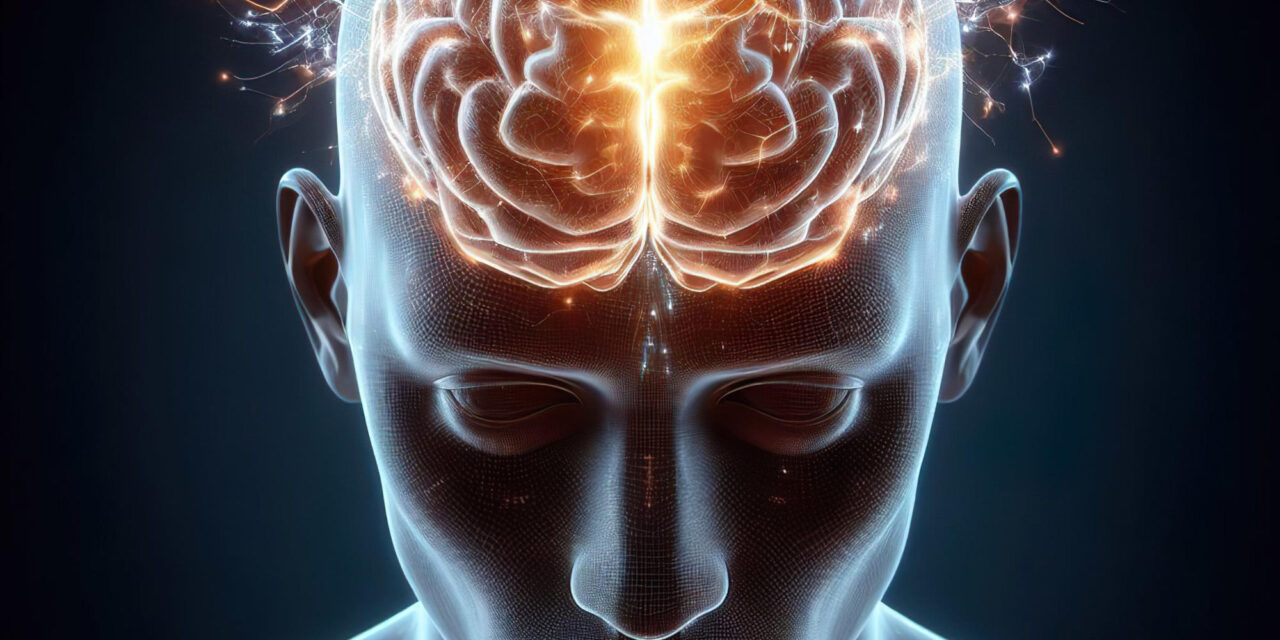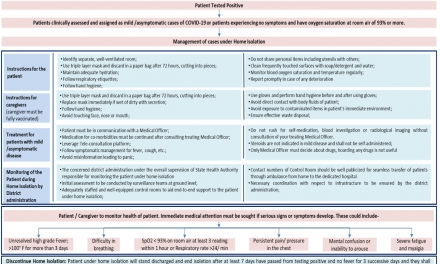Researchers from the Frankfurt Institute for Advanced Studies (FIAS), Goethe University Frankfurt, and the Max Planck Florida Institute for Neuroscience have conducted a groundbreaking study on ferrets to understand how reliable visual representations emerge during early development. Their findings, published in Nature Neuroscience, provide crucial insights into how brain circuits evolve before and after sensory experiences begin.
Two Key Stages of Brain Circuit Development
It is well established that brain circuits develop through both innate biological processes and life experiences. Previous research suggests that this development occurs in two distinct stages. The first stage takes place before an animal or human begins experiencing life, during which cortical networks are initially organized through internal biological mechanisms. The second stage involves the refinement of these networks as the individual interacts with their environment.
To explore these processes, researchers focused on the visual cortex of ferrets—a widely used model for studying visual development. They examined neural activity before and after the pups opened their eyes for the first time.
Unveiling Patterns of Cortical Activity
Using an advanced imaging technique called in vivo calcium imaging, the scientists tracked neuronal activity at different stages: before eye-opening, at the moment of eye-opening, and a week after birth. This technique relies on special dyes or genetically encoded proteins that illuminate when calcium levels in neurons increase, signaling neural activity.
Their findings revealed that at the moment of eye-opening, ferrets’ visual cortex exhibited high variability in responses to visual stimuli. The researchers observed that the brain initially struggled to form consistent representations of what was being seen. However, after just a week of exposure to visual stimuli, the neural activity patterns became significantly more stable and reliable, indicating the development of structured sensory representations.
“At eye opening, visual stimulation evokes robust patterns of modular cortical network activity that are highly variable within and across trials, severely limiting stimulus discriminability,” the researchers stated in their paper. “Within a week of normal visual experience, cortical networks develop low-dimensional, highly reliable stimulus representations that correspond with reorganized patterns of spontaneous activity.”
Computational Model Offers Deeper Insights
To further understand these developmental processes, the research team also developed a computational model. This model simulated how the visual cortex transitions from an unstable state to a more structured and reliable representation of sensory input. Their findings suggest that this transformation is driven by two key types of cortical networks: one that carries incoming sensory signals (feedforward networks) and another that refines visual representations through internal processes (recurrent networks).
The study offers valuable implications not only for neuroscience but also for artificial intelligence research. By mimicking the developmental processes of the brain, AI models could be improved to process and interpret sensory information more effectively.
Future Research and Implications
These findings open new avenues for understanding the intricate relationship between innate neural structures and experience-driven refinement in brain development. Future research could extend these insights to other species, including humans, to explore how sensory experiences shape cognitive functions early in life. Additionally, the study’s computational model may inspire new AI algorithms that more closely replicate the way biological brains process information.
Disclaimer:
This article is based on research findings from Nature Neuroscience and is intended for informational purposes only. While the study provides significant insights into neural development, further research is required to fully understand its implications for human cognition and artificial intelligence. Readers are encouraged to refer to the original study for more technical details and interpretations.











